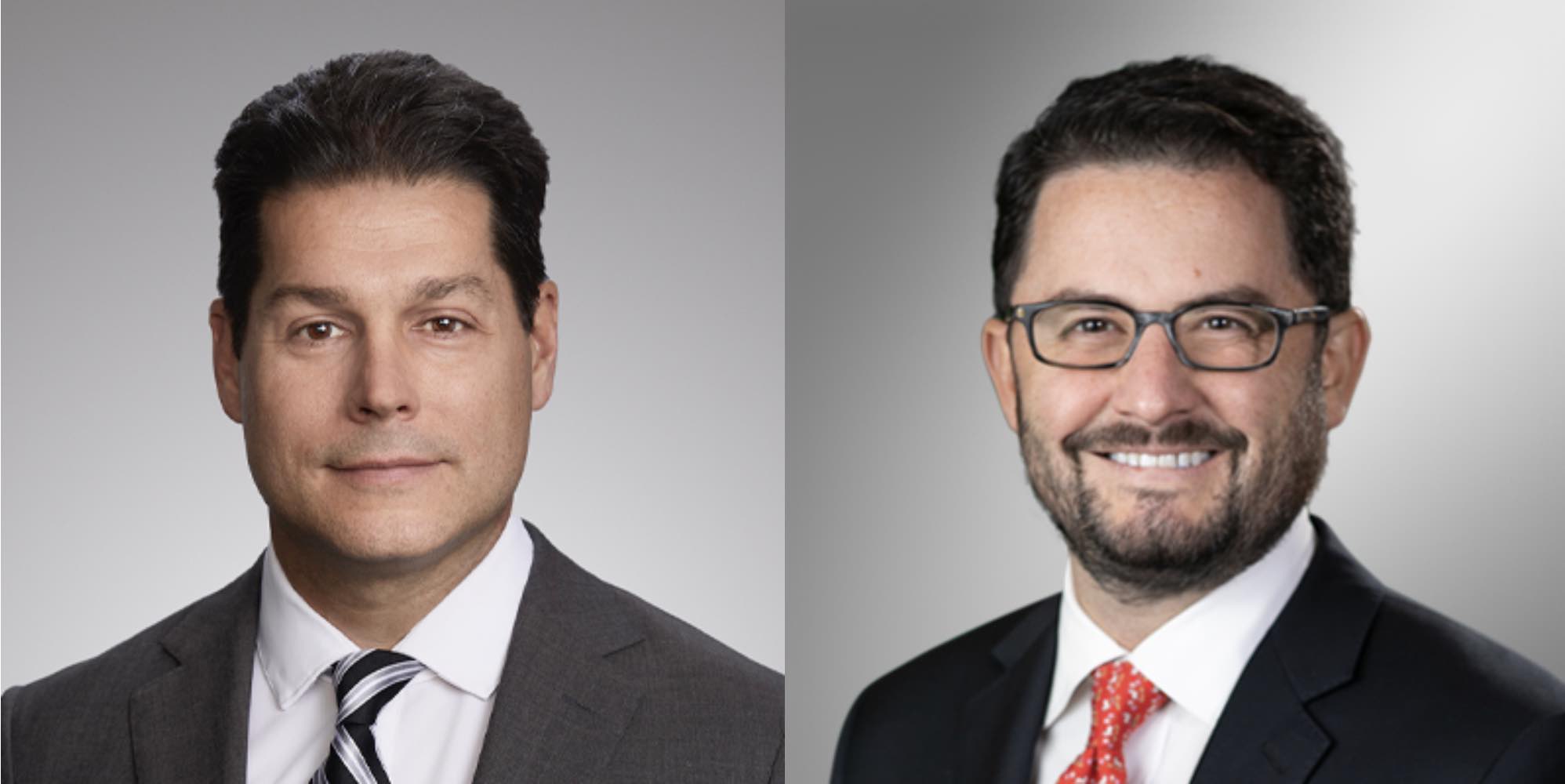By Johan Yovanovic, Head of High Yield Portfolio Management, and Andrew Karlsberg, Portfolio Risk Manager and Investment Strategist at PineBridge Investments
High inflation, tightening monetary policy, and recession fears have made for tumultuous asset markets in recent months. Yet despite these headwinds, credit fundamentals are still on solid footing, especially in the US – and the challenge for high yield bond investors after a tough first half will be optimizing investments for further volatility.
“The high yield market is starting from a place of fundamental strength as we look to the end of 2022 and into 2023,” said John Yovanovic, Head of High Yield Portfolio Management (pictured above/left). “The past decade has seen shorter credit cycles, with issuers and investors growing more cautious about credit quality.”
Issuers continue to reduce debt and maintain solid liquidity profiles, and CCC rated issuance currently accounts for only 11% of the high yield market. Higher-quality BB issuance accounts for 52% of the high yield market, up from 35% in July of 2008.¹
Second-quarter earnings beat expectations overall, with many positive surprises and solid growth, and forward-looking commentary from companies indicates that they have learned to manage higher labor and input costs.
“While we believe earnings will deteriorate slightly from current levels, we view the macro picture as challenging, not dire,” Mr. Yovanovic said.
Most high yield sectors are compensating investors appropriately for the related risk, providing a range of yields in the market. “Given the macro headwinds, we currently prefer a slightly defensive, lower-risk stance in the context of a well-diversified portfolio,” said Portfolio Risk Manager and Investment Strategist Andrew Karlsberg (pictured above/right).
The recent rally was an opportunity to selectively dial back risk within high yield portfolios – specifically triple-C rated debt – and to reduce overweights in more cyclical sectors.
“At the same time, we believe some secured bonds issued with high coupons by companies hit hard by the 2020 Covid lockdowns, particularly in the airline segment, have very good return potential,” Mr. Karlsberg said. “We also favor energy after seeing a number of rising stars in the segment, and while we generally don’t favor triple-C credits at present, we are seeing select high-cash-flow opportunities.”
All told, it’s a market where it could make sense to optimize for volatility as much as for return. Mr. Yovanovic said, “An environment that continues to rattle risk markets should favor carry asset classes like credit, with a higher proportion of stable returns coming from coupon income, which can act as a buffer against volatility.”
To read the full article and for more insights, please visit pinebridge.com
Footnotes
1Source: BofA Global Research, High Yield Credit Chartbook, as of 31 August 2022
Disclosures
Investing involves risk, including possible loss of principal. The information presented herein is for illustrative purposes only and should not be considered reflective of any particular security, strategy, or investment product. It represents a general assessment of the markets at a specific time and is not a guarantee of future performance results or market movement. This material does not constitute investment, financial, legal, tax, or other advice; investment research or a product of any research department; an offer to sell, or the solicitation of an offer to purchase any security or interest in a fund; or a recommendation for any investment product or strategy. PineBridge Investments is not soliciting or recommending any action based on information in this document. Any opinions, projections, or forward-looking statements expressed herein are solely those of the author, may differ from the views or opinions expressed by other areas of PineBridge Investments, and are only for general informational purposes as of the date indicated. Views may be based on third-party data that has not been independently verified. PineBridge Investments does not approve of or endorse any re-publication or sharing of this material. You are solely responsible for deciding whether any investment product or strategy is appropriate for you based upon your investment goals, financial situation and tolerance for risk.



